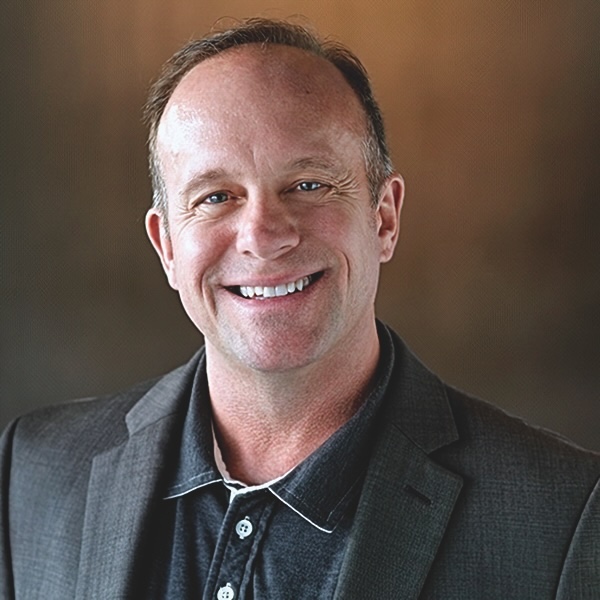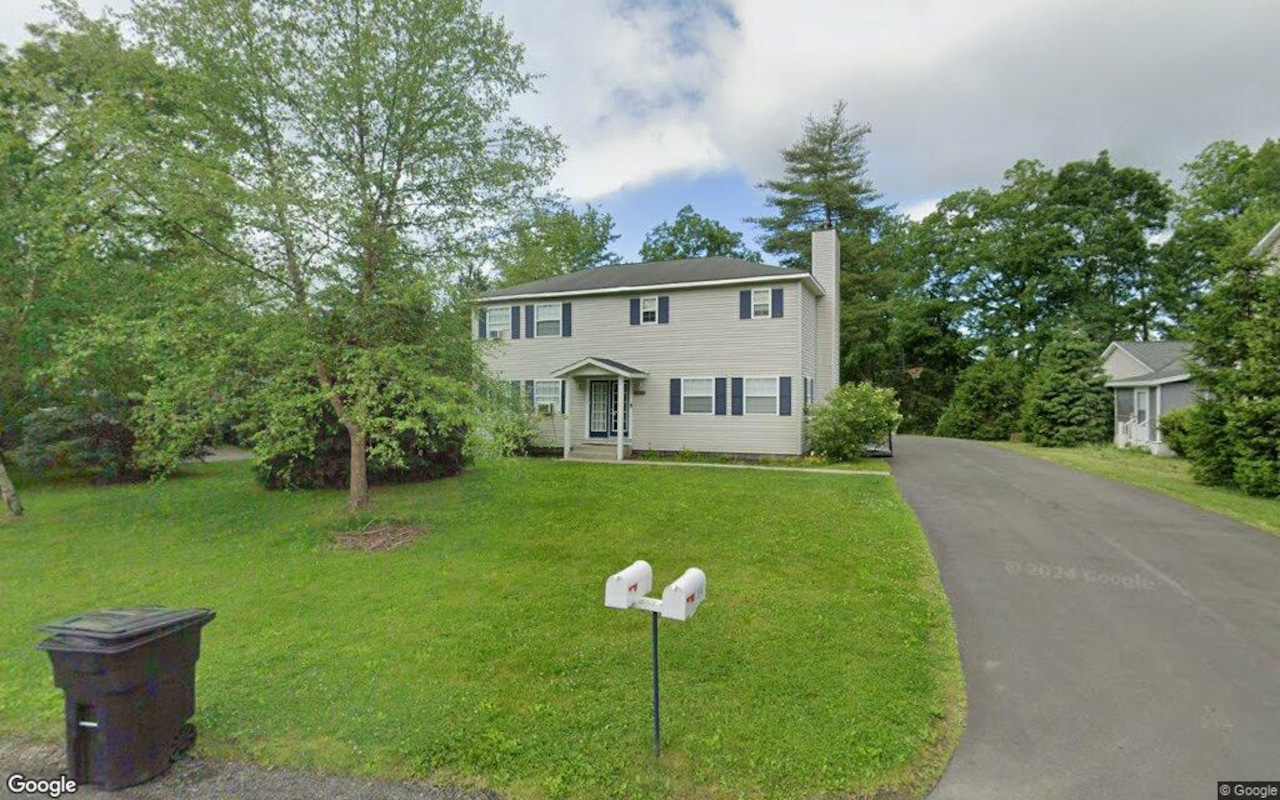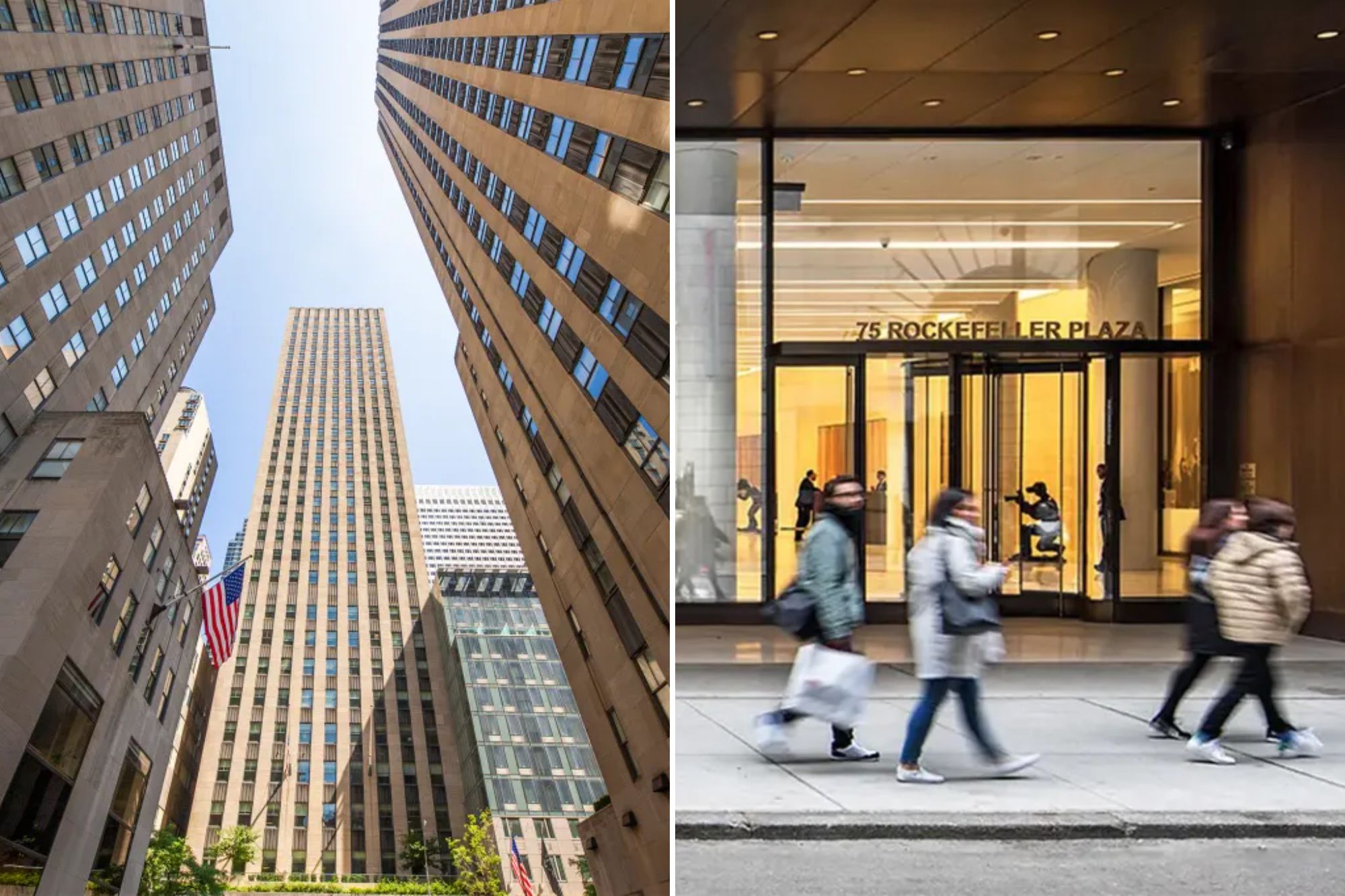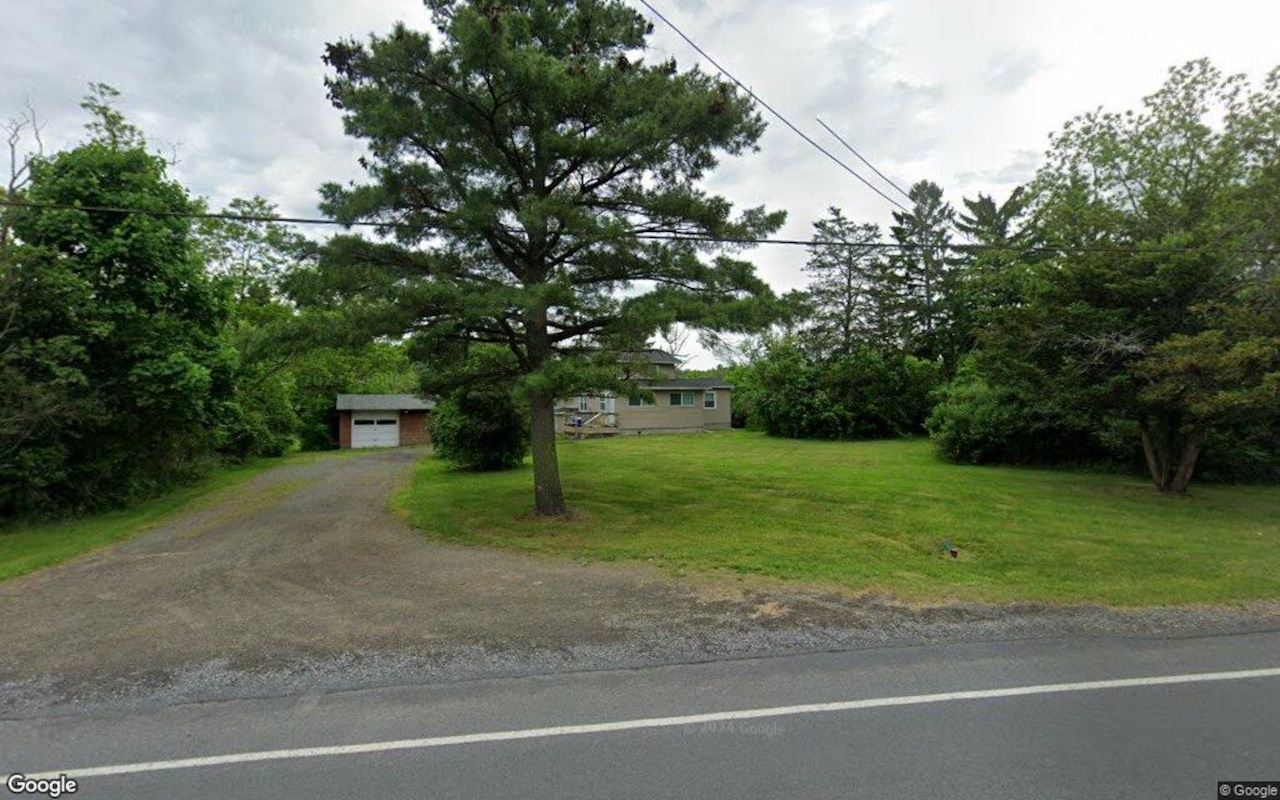J
.F. Finn, based in Los Angeles, heads Gensler’s mixed‑use and retail center portfolio. Gensler, a San Francisco‑headquartered global firm, earned $1.9 billion in 2024. Finn’s key local projects include the 600‑unit West Edge mixed‑use development in Sawtelle and the forthcoming Rams Village at Warner Center in Woodland Hills.
**Designing a mixed‑use project**
A successful mixed‑use site is more than a collection of separate functions; it thrives on user integration, spontaneous interactions, and versatile spaces that operate around the clock. Parking, for example, can serve office workers by day and entertainment patrons by night, but the real value lies in activating the “in‑between” areas—making them flexible, hackable, and capable of multiple uses.
**Rams Village and West Edge strategies**
Rams Village leverages the energy of a major sports franchise while collaborating with community leaders to create a forward‑thinking urban hub. The project introduces urban density, human‑scaled amenities, and walkability to a traditionally suburban San Fernando Valley area. West Edge transformed an old dealership into a transit‑oriented anchor, adding mixed‑use density and opening mid‑block to pedestrian courtyards and storefronts that invite community engagement.
**Community influence on design**
Design decisions stem from a deep understanding of the surrounding “20‑minute” neighborhoods. By evaluating existing uses, identifying gaps, and considering site characteristics and developer goals, the team shapes the built environment and public realm to serve both the community and the project. Success is measured when residents feel ownership of the space.
**Challenges and solutions**
Regulatory hurdles—zoning, parking, infrastructure—often assume single‑use logic, complicating mixed‑use benefits. Functional integration of building components and technical systems maximizes efficiency, spreads costs, and improves energy and water use, reducing operating expenses. Early, direct collaboration with city officials is essential.
Financing challenges arise because lenders evaluate projects by use category, with ROI models tailored to residential, retail, etc. Mixed‑use can lower structural and operational costs through integration, but this doesn’t always align with traditional financing structures. Addressing the financial model early and developing a distribution strategy alongside project planning mitigates this issue.
**Future outlook**
Mixed‑use development is becoming a cornerstone of successful regional strategies, enabling housing to permeate entire neighborhoods rather than isolated clusters. Converting existing buildings to residential use becomes more viable when residents’ needs are met nearby. Expanding housing options in desirable locations multiplies benefits—reducing costs, improving accessibility, and fostering a sense of belonging.















